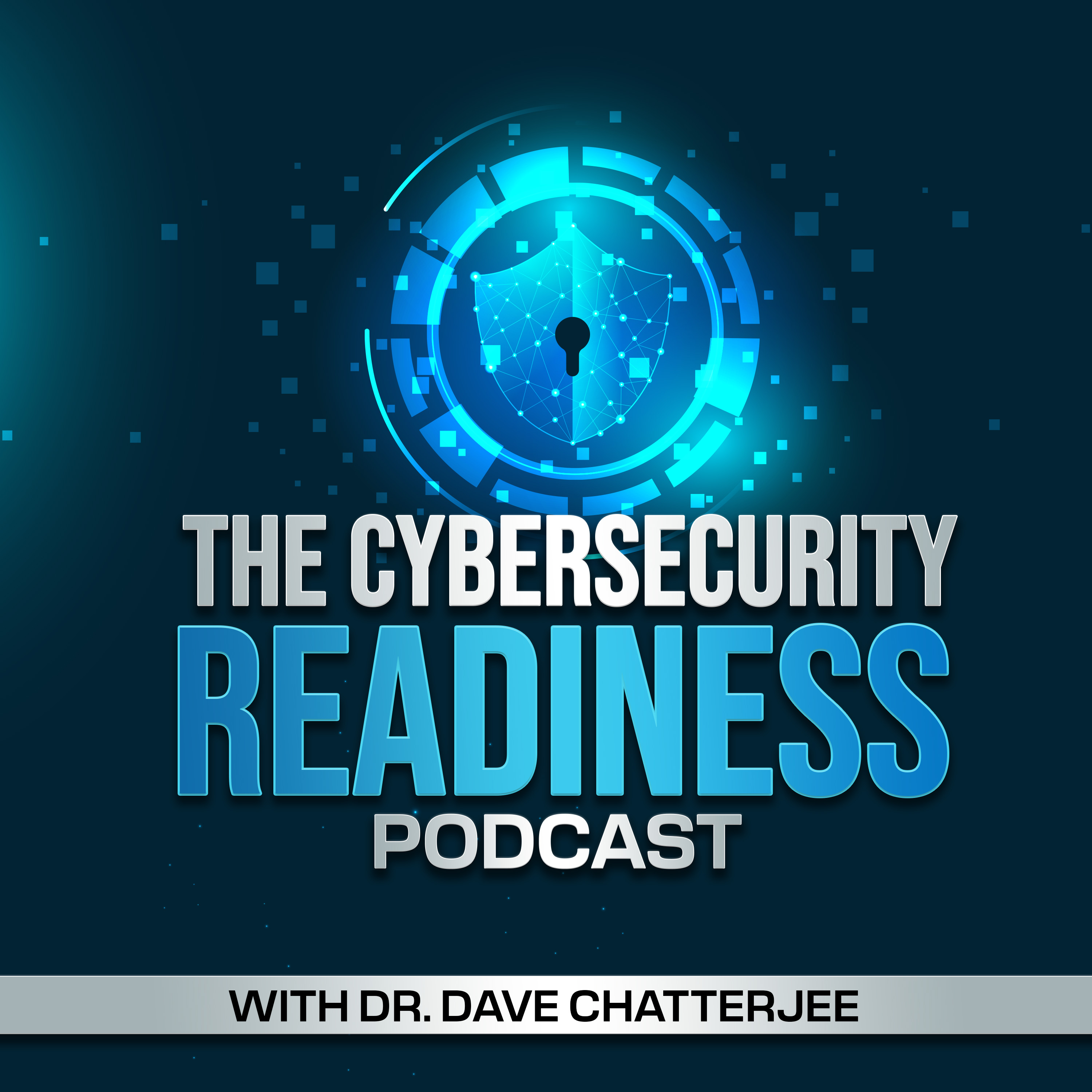Developing Resilient and Secure Mission Critical Facilities (Data Centers)
Description
Developing and maintaining resilient and secure data centers is a huge part of cybersecurity readiness. Spiros Liolis, Chief Technologist and Managing Consultant, EYP Mission Critical Facilities, Part of Ramboll, joins me to discuss the challenges and best practices of creating and maintaining state-of-the-art data centers. Topics covered include a) elements and attributes of resilient data centers, b) creating and maintaining a resilient and adaptive data center, and c) the different types of risks – geological, meteorological, and human – that must be considered when building and maintaining the data centers.
Time Stamps
00:02 -- Introduction
00:49 -- Setting the Stage and Context for the Discussion
01:54 -- Guest's Professional Highlights
02:56 -- Overview of Data Center Resiliency
05:41 -- Criticality of Data Centers
07:53 -- Key Elements of a Resilient Data Center
12:06 -- Build Your Own or Co-locate
15:00 -- Assessing the Effectiveness of a Data Center
19:32 -- Significance of Simulated Exercises/Tabletop Exercises
21:46 -- Importance of On-Site Visits
23:56 -- Technical, Commercial and Operational Due Diligence
26:17 -- Adaptive Design
28:32 -- Data Center Facility Locations
30:15 -- Best Practices & Final Thoughts
Memorable Spiros Liolis Quotes/Statements
"Everything we do today, as professionals and as consumers, relies heavily on data centers."
"There's a cloud of course, but nothing up there, 35,000 feet above the ground, is hosting servers. The cloud is practically data centers on Earth, right."
"What do we mean by secure and resilient data centers? will refer to the ability of essential data center infrastructure to withstand and recover from disruptions and ensure their continued operations."
"When we talk about potential threats, we need to think of them in terms of geological, meteorological, accidental, or even intentional risks. These are primarily the risk types we talk about when it comes to data center resiliency."
"The moment you power up a data center, you practically cannot shut it down."
"So the resiliency of a data center must consider how to build enough redundancy by design and by implementation into these data centers."
"So our methodology is to look at the different risk factors that may have an impact on the facility itself, whether it is your own, or whether it is being hosted; you need to evaluate, and measure the impact of different risks and these are geological risks, meteorological risks and human risks, whether accidental or unintentional."
"Nothing beats an on-site visit to check a data center's resiliency."
"So the hybrid design is really all about building the necessary critical infrastructure that capitalizes on multiple sources of energy."
"Education awareness is absolutely paramount. And that is probably one of our faults as well, data centers today are considered to be the naughty neighbors. I mean, they say, Oh, they're energy consuming, they take our water, they take our power; we as an industry need to educate our communities, we need to tell them what is it that we do. And of course, we need to make sure that we build them in a sustainable way, we'll use renewables, we will become community friendly. All of that must happen."
Connect with Host Dr. Dave Chatterjee and Subscribe to the Podcast
Please subscribe to the podcast, so you don't miss any new episodes! And please leave the show a rating if you like what you hear. New episodes release every two weeks.
Connect with Dr. Chatterjee on these platforms:...
More Episodes
IBM recently reported a 71% year-over-year increase in attacks using valid credentials. This continued use of stolen credentials is also evident through ongoing public incidents like the string of attacks targeting Snowflake's customers that resulted in breaches at AT&T and Advanced Auto...
Published 11/20/24
Published 11/20/24
Accelerating into the cloud without caution often brings complexities that can cause more harm than good. Gartner has noted that cloud configuration errors cause 95% of cybersecurity breaches. With the rapid pace of cloud adoption, less time is spent ensuring systems are built and operated...
Published 11/01/24


